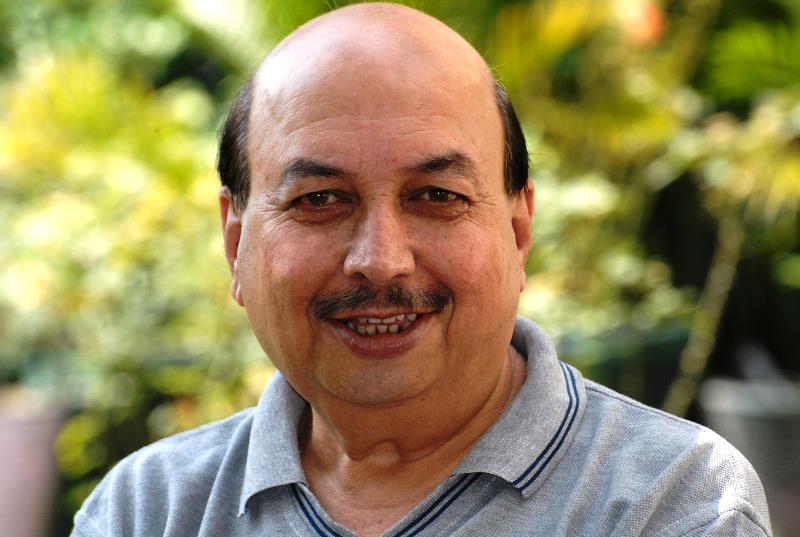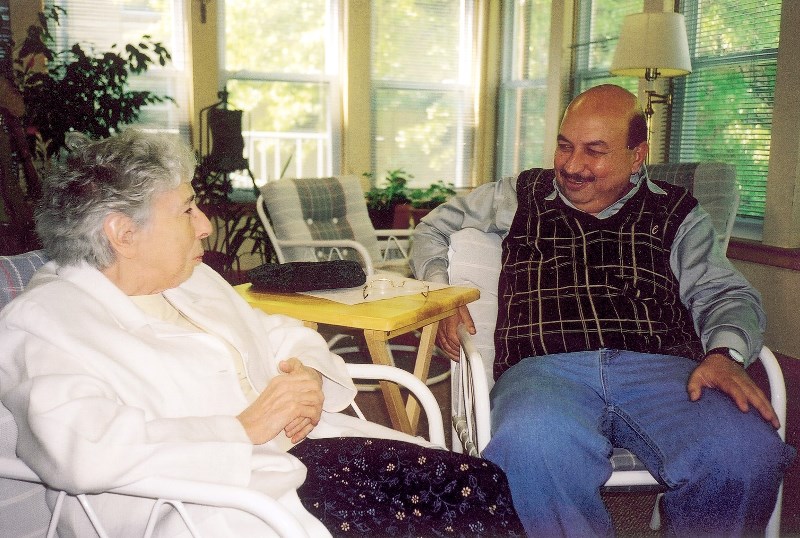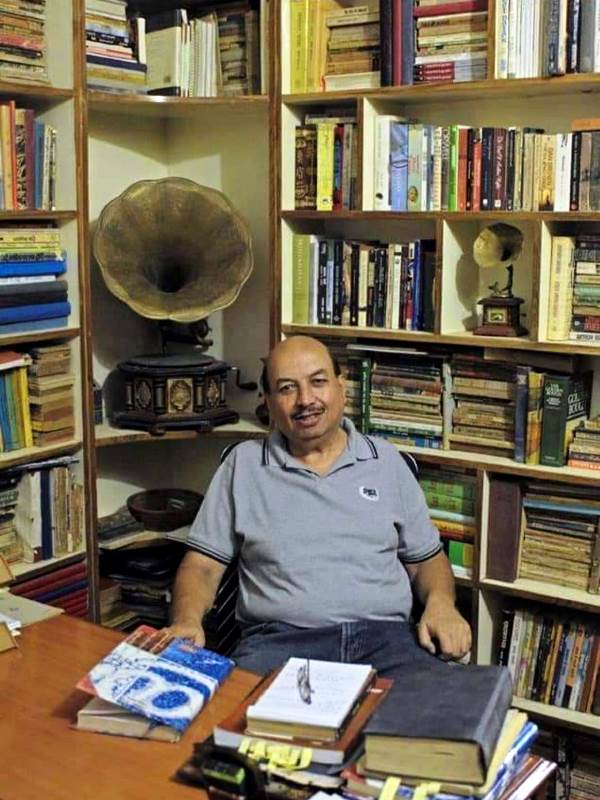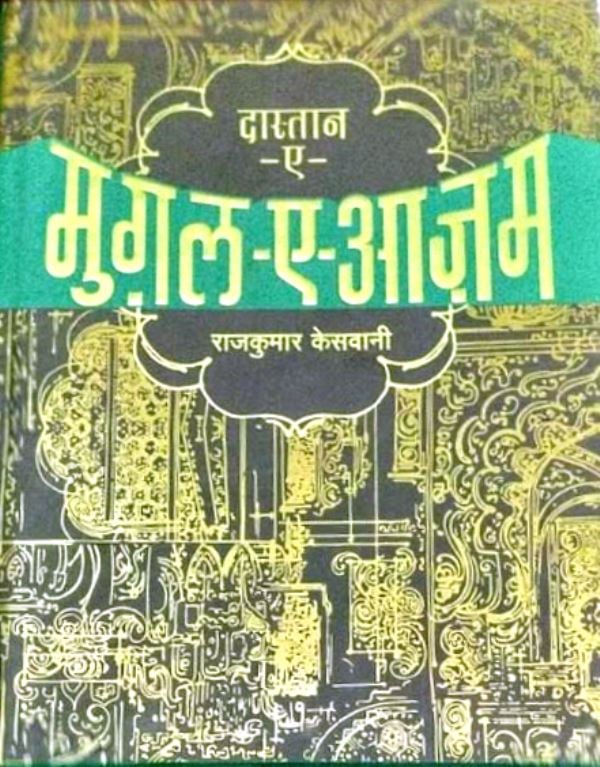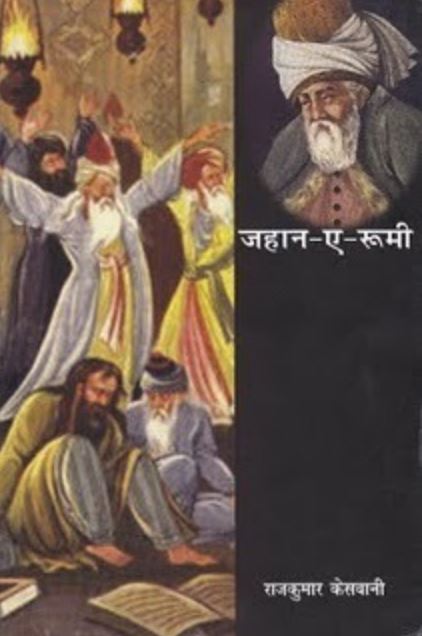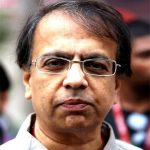Rajkumar Keswani Age, Death, Wife, Family, Biography & More
Quick Info→
Age: 71 Years
Wife: Sunita Keswani
Death Date: 21/05/2021
| Bio/Wiki | |
|---|---|
| Profession(s) | Journalist, Writer, Film Historian, Film Distributor |
| Career | |
| Awards | • B. D. Goenka Award for Excellence in Journalism (1985)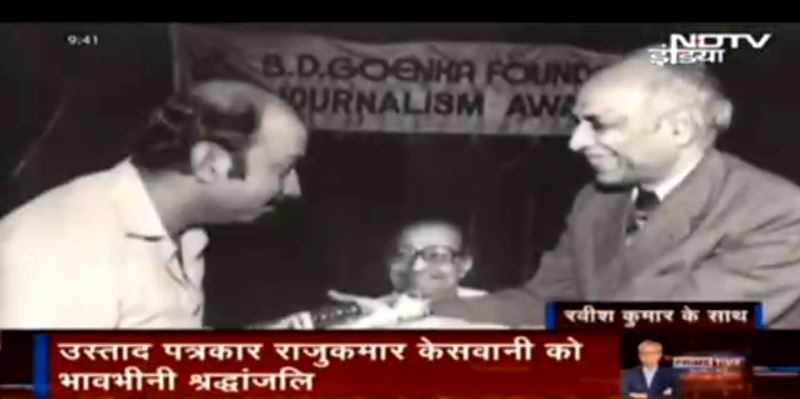 • Prem Bhatia Award for Outstanding Environmental Reporting (2010) |
| Personal Life | |
| Date of Birth | 26 December 1949 (Monday) |
| Birthplace | Sultaniya Zanana Hospital, Bhopal, Madhya Pradesh, India |
| Date of Death | 21 May 2021 |
| Place of Death | Bhopal, Madhya Pradesh |
| Age (at the time of death) | 71 Years |
| Death Cause | Post Covid-19 complications [1]India Today |
| Zodiac sign | Capricorn |
| Nationality | Indian |
| Hometown | Bhopal, Madhya Pradesh |
| College/University | • Saifia College, Bhopal • Barkatullah University, Bhopal |
| Educational Qualification | MA LLB at Barkatullah University, Bhopal [2]Rajkumar Keswani – Facebook |
| Relationships & More | |
| Marital Status (at the time of death) | Married |
| Family | |
| Wife/Spouse | Sunita Keswani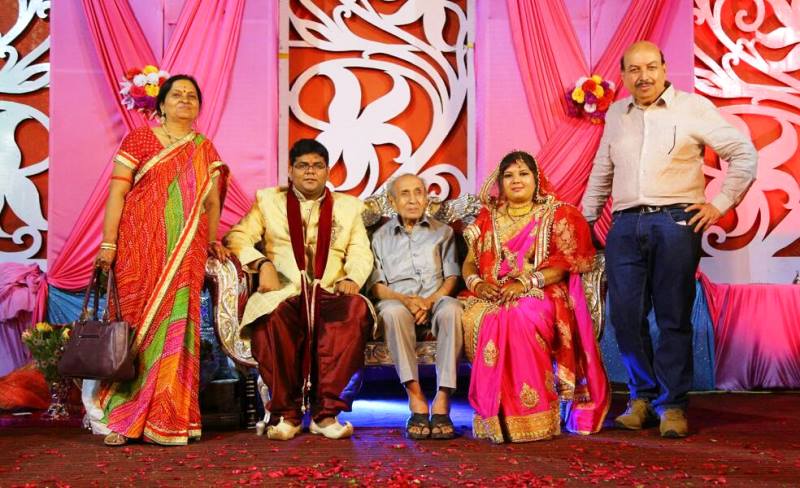 |
| Children | Son- Raunaq Keswani (journalist, Chief Sub Editor at Dainik Bhaskar)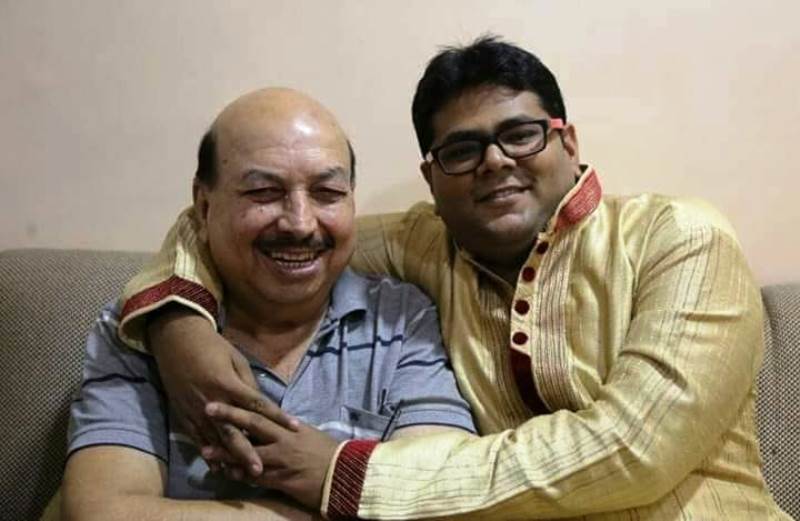 |
| Parents | Father- Dada Laxman Das Keswani (journalist, writer) (deceased)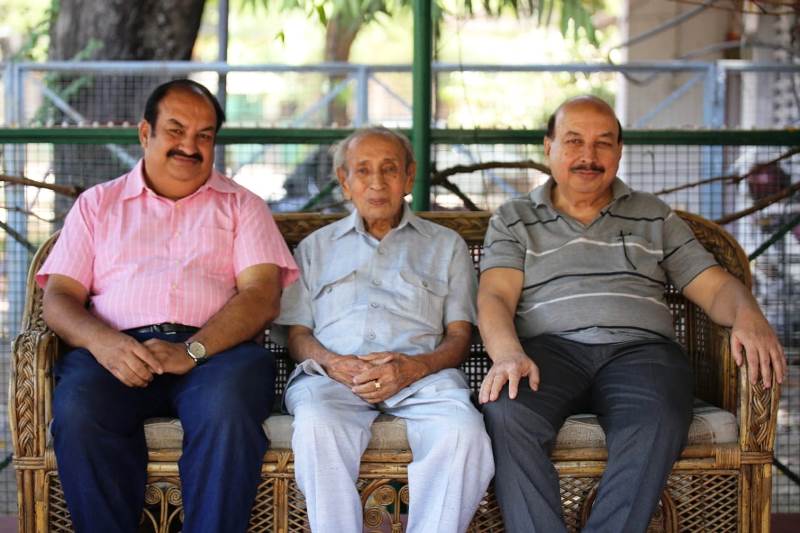 Mother- Krishnadevi Keswani (deceased) 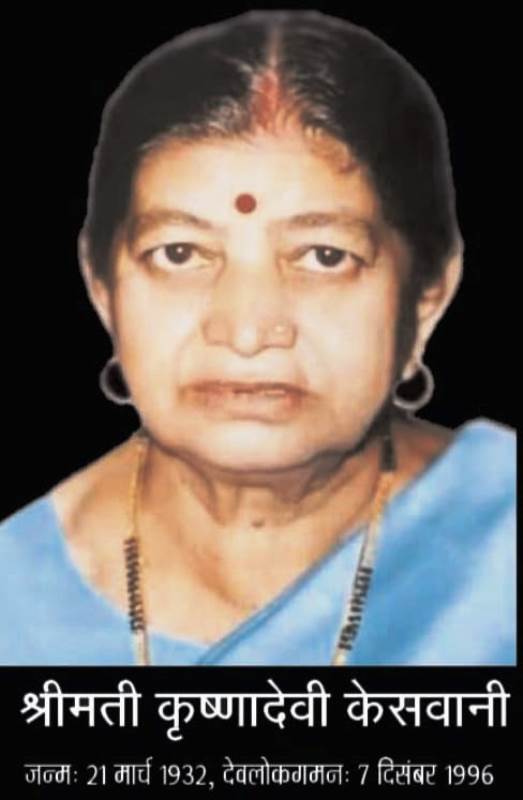 |
| Siblings | Brother- Shashi Kumar Keswani (Editor at The Informative Observer)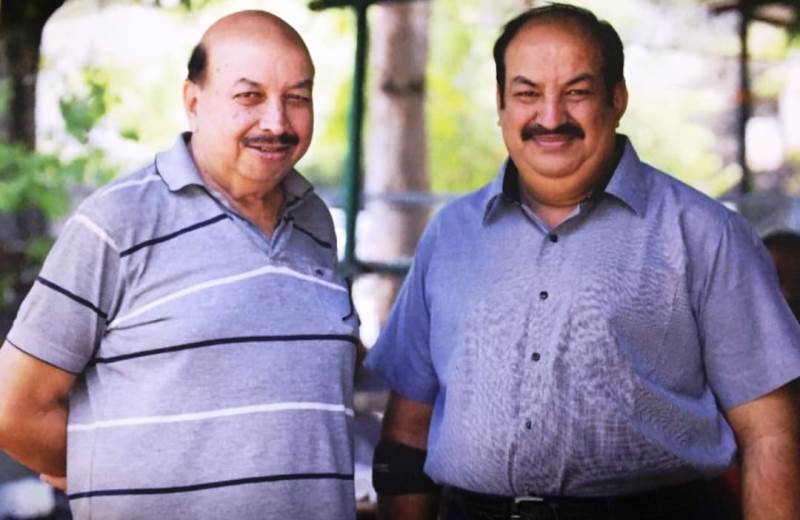 |
Some Lesser Known Facts About Rajkumar Keswani
- Rajkumar Keswani was an Indian journalist, writer film historian, and film distributor. He is known to be the whistleblower of the 1984 Bhopal disaster, the deadly gas leak in which over 500,000 people were exposed to a highly toxic gas emitted from the Union Carbide pesticide plant in Bhopal. He wrote numerous articles from 1982 to 1984 highlighting the inadequate safety standards at the plant and predicted that it could lead to a catastrophic leak, but no one paid heed to his warnings. On 21 May 2021, Keswani died of post Covid-19 complications.
- He was born into a Sindhi family. [3]Shashi Kumar Keswani – Facebook
- His father, Dada Laxman Das Keswani, was a journalist, writer, social reformer, and freedom fighter. In 1964, he started a newspaper in Sindhi called Challenge. He passed away on 20 May 2020. His mother, Krishnadevi Keswani, passed away on 7 December 1996.
- Keswani commenced his professional journey as a sub-editor at Sports Times during his college days.
- Subsequently, he contributed to various esteemed publications such as Dinmaan, Newstime, Tribune, The Week, The Asian Age, The Independent, New York Times, The Illustrated Weekly of India, Sunday, The Sunday Observer, India Today, Outlook, Economic and Political Weekly, Indian Express, Jansatta, and Navbharat Times.
- In 1981, Keswani’s concern for the Union Carbide factory in Bhopal began when his friend, Mohammad Ashraf, who worked there, informed him about the risk of a MIC gas leak due to poor maintenance and safety standards. Tragically, Mohammad lost his life in an accident at the plant caused by inhaling phosgene gas in December of the same year. This loss deeply affected Keswani, leading him to research MIC gas, where he discovered its composition included other highly toxic gases, including phosgene. He also found that in the event of a leak, MIC, being heavier than air, would likely stay close to the ground rather than scatter into the atmosphere.
- Two years before the gas leak, Keswani wrote a series of local news articles discussing the dangers posed by the Union Carbide India Limited (UCIL) pesticide plant in Bhopal to workers and the community. Wanting to raise awareness, he took the help of two former employees fired from the factory and dedicated nearly nine months to research and writing.
- On 26 September 1982, he published his first article about inadequate safety standards of the plant titled “Bachaiye Huzoor Is Shahar Ko Bachaiye” (Sage, please save this city) in the local publication, Rapat.
- He repeated the warning in two follow-up articles titled “Jwalamukhi Ke Muhane Baitha Bhopal” (Bhopal sitting on the brink of a volcano) and “Na Samjhoge To Aakhir Mit Hi Jaoge” (If you don’t understand, you all shall be wiped out) on 1 and 8 October 1982, in newspapers like Jansatta.
- His report gained national attention when The Indian Express shared it.
- He even wrote a letter to Arjun Singh, the Chief Minister of Madhya Pradesh, warning him of the dangers, but received no response.
- Keswani’s final article, “Bhopal: On the Brink of a Disaster,” was published five months before the 1984 gas tragedy. Unfortunately, his repeated warnings were ignored by both Union Carbide management and the Madhya Pradesh state government, who failed to launch any inquiry into the plant’s safety standards.
- Keswani was treated like a madman by many for his obsession with the Union Carbide India Limited (UCIL) pesticide plant. People would say,
Arre aisa kabhi hota hai kya? Aisa kabhi hua hai kya is duniya mein?”
(Do things like this happen? Have such things happened anywhere in the world?) - In an article, he also asserted that in 1975, an Indian bureaucrat named M.N. Buch had urged Union Carbide to relocate the plant from its current site due to the rapid expansion of residential areas nearby.
- On 2 December 1984, just over two years after Keswani first published his warnings, his predictions tragically came true. A chemical accident occurred at the Union Carbide India Limited (UCIL) pesticide plant in Bhopal, exposing over 500,000 people in the small towns surrounding the plant to the highly toxic gas methyl isocyanate (MIC). The incident is regarded as one of the world’s deadliest industrial accidents, with over half a million people sustaining injuries, and more than 3,000 getting illnesses such as lung cancer, kidney failure, and liver disease.
- During his acceptance speech at the B. D. Goenka Awards for Excellence in 1985, Keswani noted that he might be the first to receive the award for such a spectacular journalistic failure and “had he succeeded at his task no one would have ever taken note.”
- Later, he associated himself with the survivor organisations in Bhopal.
- From 1998 to 2003, he held the position of Madhya Pradesh-Chhattisgarh Bureau Chief at NDTV.
- In 2003, he took on the role of Editor for the Dainik Bhaskar’s Indore edition.
- From November 2004 to August 2009, he served as the Editor (Magazines) at the Bhaskar Group.
- Keswani had a deep passion for cinema and possessed extensive knowledge of Hindi films and music. His collection included old songs by artists like Master Madan, Mohammed Rafi, and Lata Mangeshkar’s father Dinanath Mangeshkar on gramophone discs, and he spent his evenings enjoying them.
- Keswani also wrote a weekly column in Bhaskar’s magazine Rasrang, exploring the evolution of film songs. His popular weekly column ‘Aaps Ki Baat,’ in Dainik Bhaskar was dedicated to music and cinema.
- In 2008, his articles were featured in a book published in Korea, along with those of 14 other Asian journalists, translated into six different Asian languages.
- He dedicated much of his writing to Bhopal, chronicling stories and anecdotes about the city throughout his life.
- Before venturing into journalism, Keswani had connections in the film industry, trying his hand at film distribution. He served as a distributor for the C.I. circuit, participating in the distribution of films like the reissued Ayee Milan Ki Bela in collaboration with O.P. Goyal and Uttam Nahar. Moreover, he also contributed to the colourization of the epic historical drama Mughal-E-Azam (1960).
- Keswani authored a book titled Dastaan-E-Mughal-E-Azam about the film Mughal-E-Azam (1960).
- In 2020, he penned a book titled ‘Jahan-e-Rumi,’ focusing on the renowned poet Rumi.
- Before his passing in 2021, he was actively working on a book about the 1957 blockbuster film ‘Mother India,’ the first Indian film to receive an Oscar nomination.
- Additionally, he authored ‘Bombay Talkies,’ delving into the world of old Bollywood classics.
- Another creation of his is ‘Breaking the Big Stories,’ a book that recounts the experiences of journalists worldwide who covered the news of the 1984 Bhopal gas tragedy.
- He served as a member of the Keswani Foundation, a family-run organization.
- In 2021, he tested positive for COVID-19. He first underwent treatment at J.P. Hospital in Bhopal, from where he was later shifted to Bansal Hospital.
- The character of journalist Motwani in the 2014 Bollywood film “Bhopal: A Prayer for Rain,” portrayed by Kal Penn, is loosely inspired by Rajkumar Keswani.
- In the 2023 Netflix series “The Railway Men,” Sunny Hinduja played the role of a journalist named Jagmohan Kumawat, which was inspired by Rajkumar Keswani.
- He loved hockey and extensively supported various hockey players of Bhopal.
References/Sources:

